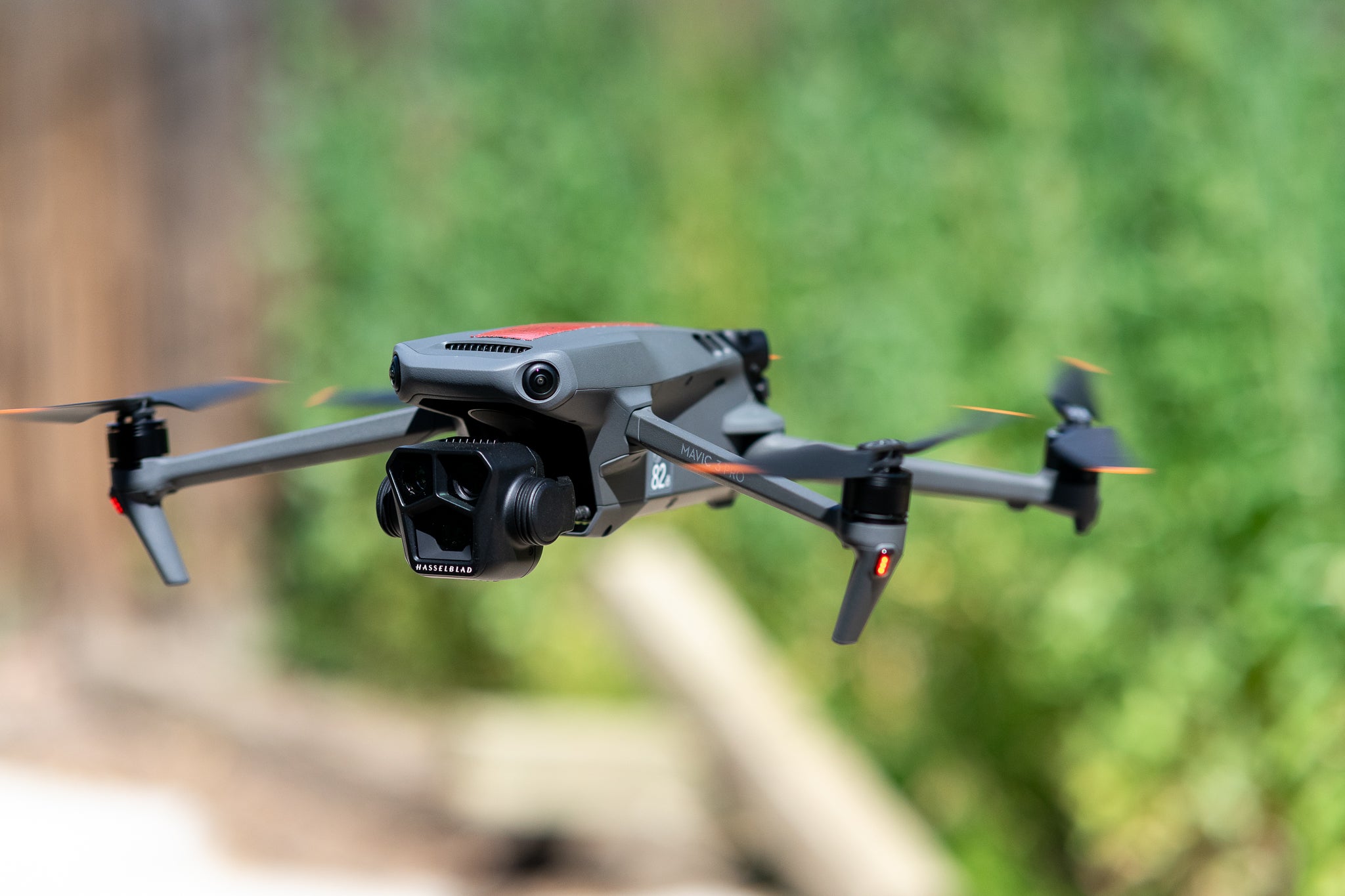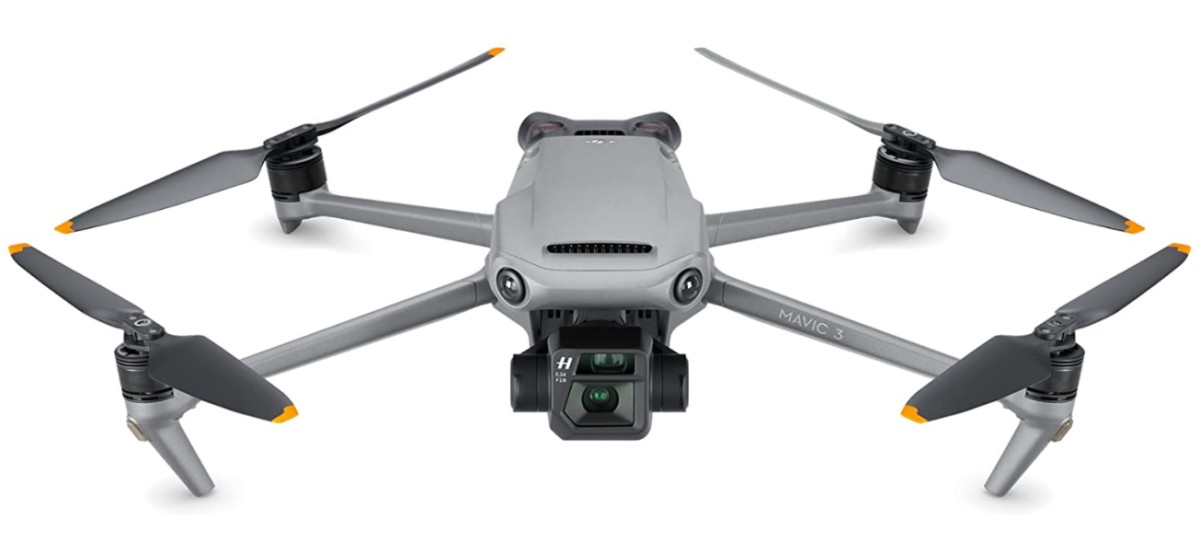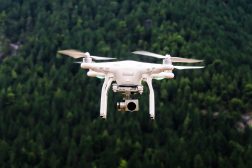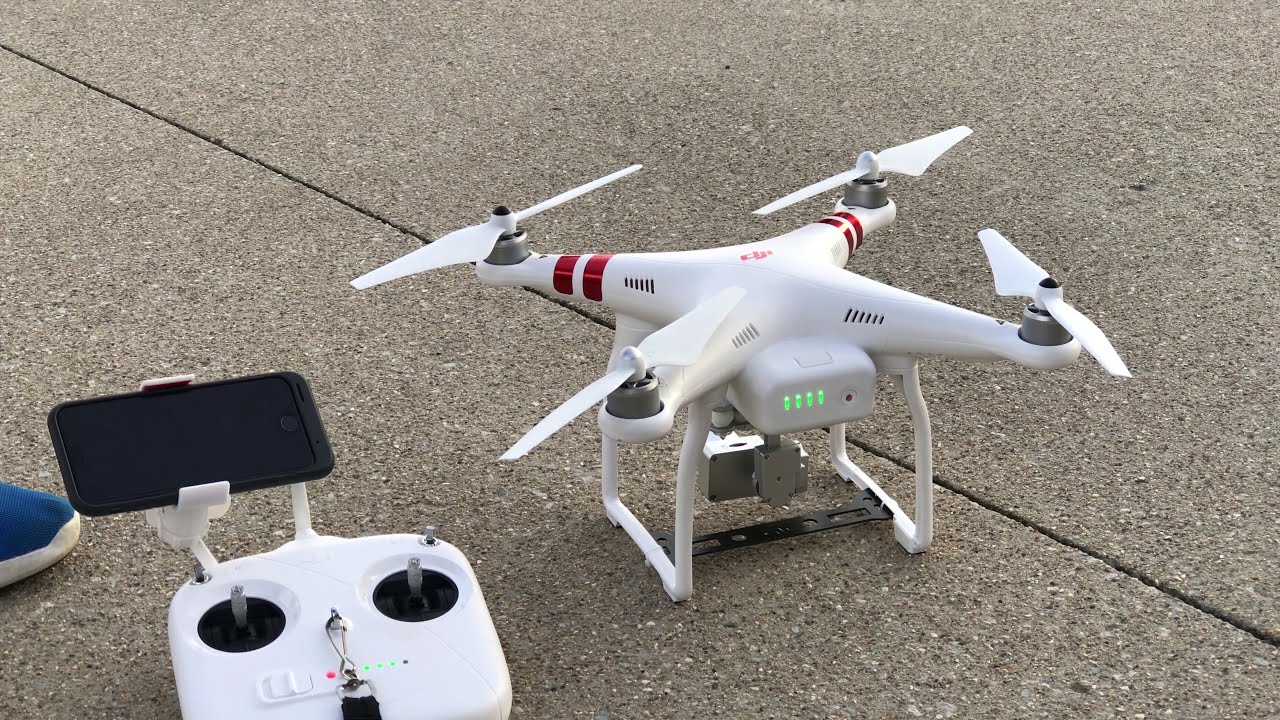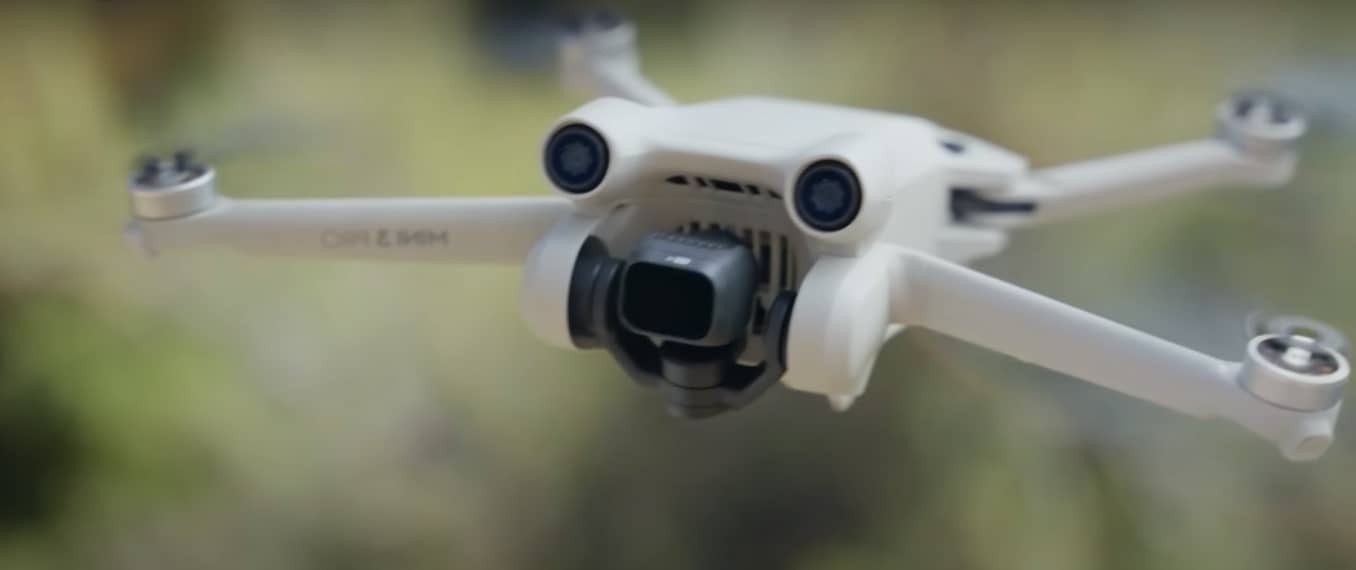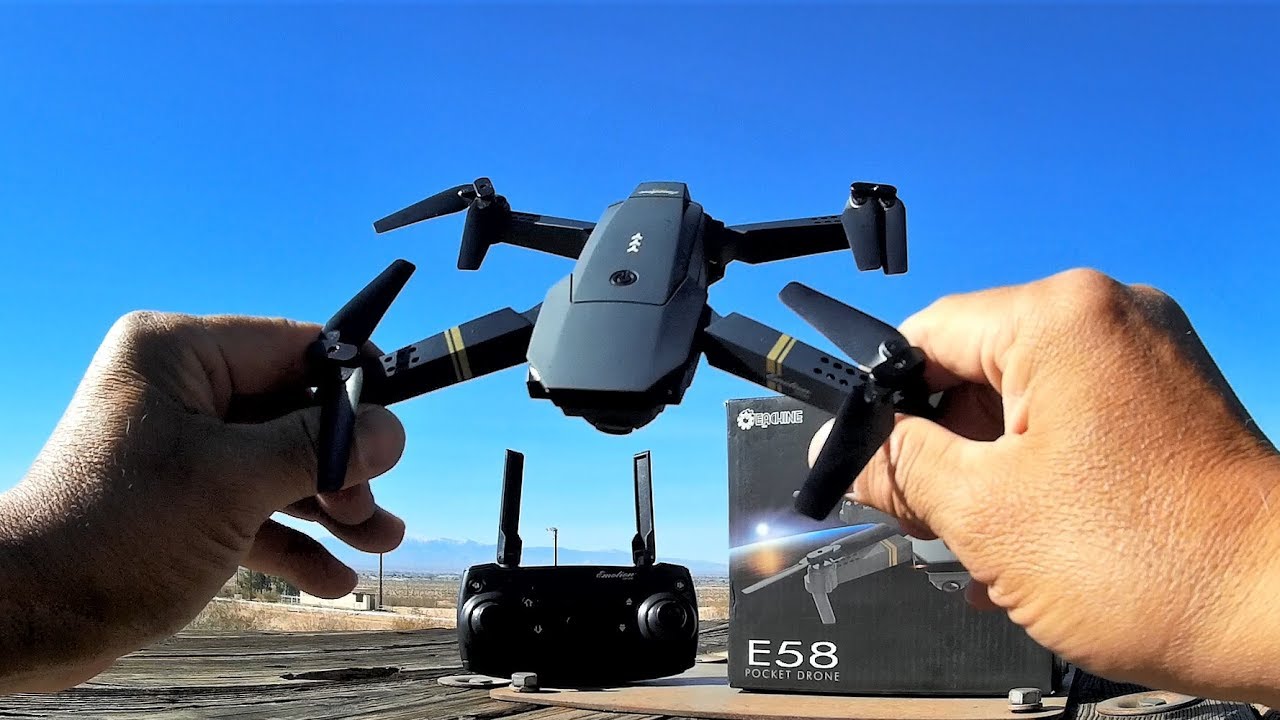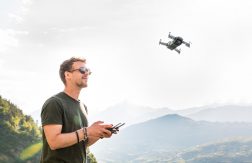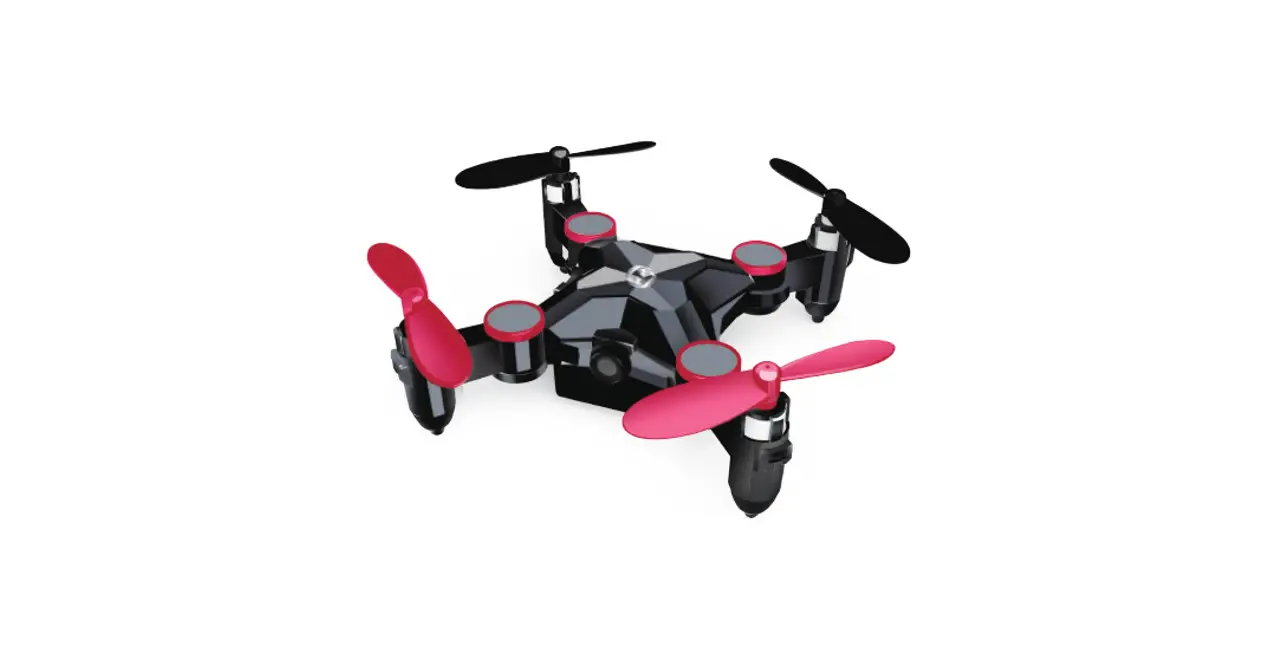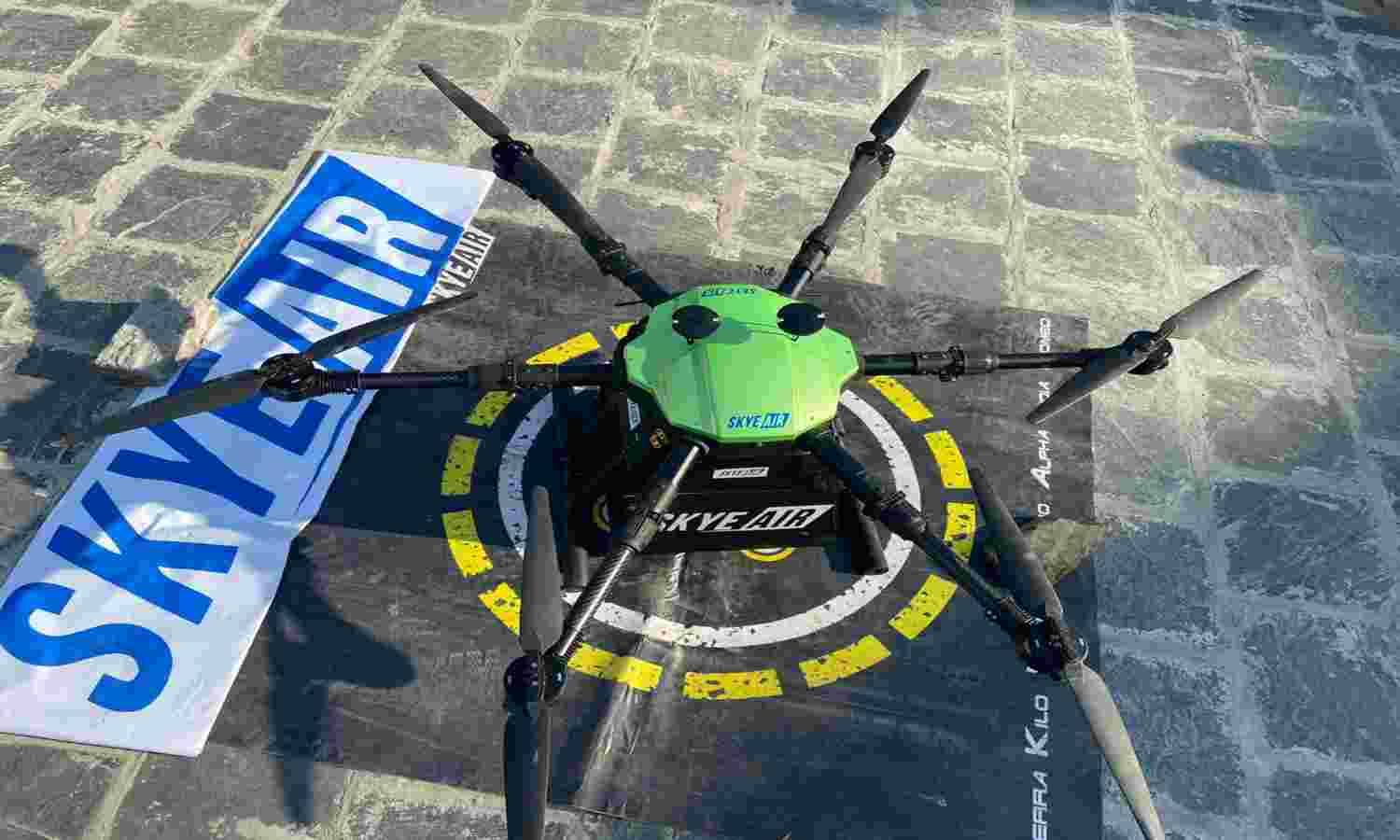Introduction
Introduction
Welcome to the exhilarating world of aerial videography with quadcopter camera drones! Whether you're a hobbyist, a professional videographer, or simply an enthusiast seeking to capture stunning aerial footage, the use of a quadcopter camera drone can elevate your videography to new heights—literally. The ability to soar through the sky and record breathtaking landscapes, dynamic action shots, and unique perspectives provides an unparalleled sense of creativity and freedom.
In this comprehensive guide, we will delve into the essential aspects of obtaining videos from a quadcopter camera drone. From choosing the right drone to understanding camera settings, capturing exceptional footage, transferring videos to your device, and editing and sharing your creations, we will cover every step of the process. By the end of this guide, you will be equipped with the knowledge and skills to unleash your creativity and produce captivating aerial videos that captivate and inspire.
The world of quadcopter camera drones offers a myriad of opportunities for creativity and exploration. Whether you're an aspiring filmmaker aiming to add captivating aerial shots to your projects, a travel enthusiast seeking to document stunning landscapes from a unique perspective, or a hobbyist looking to immerse yourself in the art of aerial videography, the possibilities are endless. With the rapid advancements in drone technology, capturing high-quality videos has become more accessible than ever, allowing enthusiasts of all levels to partake in this thrilling and rewarding pursuit.
So, fasten your seatbelt (or rather, prepare your drone for takeoff), as we embark on a journey to unravel the secrets of obtaining mesmerizing videos from a quadcopter camera drone. It's time to elevate your videography to new heights and unleash your creativity in the boundless skies. Let's dive in and explore the fascinating world of aerial videography with quadcopter camera drones!
Choosing the Right Quadcopter Camera Drone
When venturing into the realm of aerial videography, selecting the right quadcopter camera drone is a pivotal decision that significantly influences the quality and versatility of your footage. With a myriad of options available in the market, it’s essential to consider various factors to ensure that the drone aligns with your specific videography needs and skill level.
First and foremost, determining the purpose of your aerial videography endeavors is crucial in choosing the most suitable drone. Whether you intend to capture cinematic landscapes, engage in action sports videography, or simply document your travels from a unique perspective, understanding your primary objectives will guide you in selecting a drone equipped with the necessary features and capabilities.
Another vital consideration is the camera specifications of the drone. Opt for a drone with a high-resolution camera capable of capturing sharp and detailed footage. Additionally, features such as gimbal stabilization and adjustable camera settings contribute to achieving smooth and professional-looking videos. For those interested in live streaming or real-time video transmission, drones with FPV (First Person View) capabilities offer an immersive and dynamic videography experience.
Furthermore, assessing the drone’s flight performance and stability is essential, particularly for capturing steady and seamless footage. Look for drones with advanced stabilization systems, GPS-assisted flight modes, and obstacle avoidance technology to enhance the overall filming experience and ensure the safety of the drone during flight.
Consider the portability and battery life of the drone, especially if you plan to embark on outdoor filming adventures. Compact and lightweight drones are ideal for travel, while extended battery life allows for prolonged filming sessions without frequent interruptions for recharging.
For beginners, drones with user-friendly flight controls and intelligent flight modes offer a smoother learning curve and increased confidence in piloting the aircraft. Additionally, investing in a drone with a robust and reliable customer support system can be beneficial, providing assistance and guidance as you familiarize yourself with the drone’s features and functionalities.
By carefully evaluating these factors and conducting thorough research on available drone models, you can confidently select a quadcopter camera drone that aligns with your videography aspirations, empowers your creativity, and elevates the quality of your aerial footage.
Understanding the Camera Settings
Mastering the camera settings of your quadcopter camera drone is essential for capturing exceptional aerial footage with precision and creativity. By gaining a comprehensive understanding of the camera’s functionalities and adjustments, you can optimize the visual quality of your videos and adapt to diverse filming environments and scenarios.
One of the fundamental camera settings to familiarize yourself with is the resolution and frame rate options. Higher resolutions, such as 4K or 1080p, deliver crisp and detailed footage, while adjusting the frame rate allows for capturing smooth motion sequences and slow-motion effects. Understanding the trade-offs between resolution and frame rate enables you to tailor the camera settings to suit the specific aesthetic and technical requirements of your videography projects.
Gimbal control is another critical aspect of the camera settings, particularly for stabilizing the footage and adjusting the camera angle during flight. Familiarize yourself with the gimbal pitch and yaw controls to achieve steady and well-composed shots, whether you’re capturing expansive landscapes or dynamic action sequences. Additionally, exploring the auto-stabilization features of the gimbal enhances the overall smoothness and professional look of the footage.
Exposure settings, including aperture, shutter speed, and ISO, play a significant role in controlling the amount of light entering the camera and determining the visual aesthetics of the footage. Understanding the interplay between these settings allows you to adapt to varying lighting conditions, achieve proper exposure, and unleash your creativity by experimenting with different visual styles and moods.
White balance adjustments are crucial for maintaining natural color tones and correcting color casts caused by different lighting conditions. By selecting the appropriate white balance presets or manually adjusting the color temperature, you can ensure that your aerial footage accurately reflects the true colors of the environment, enhancing the visual appeal and authenticity of the videos.
Furthermore, exploring additional camera settings such as focus modes, color profiles, and digital filters empowers you to customize the visual characteristics of your footage, adding depth and personality to your aerial videos. Experimenting with these settings and understanding their impact on the overall visual narrative allows you to infuse your creativity into every frame captured by your drone.
By delving into the intricacies of the camera settings and honing your proficiency in adjusting and optimizing them, you can unleash the full potential of your quadcopter camera drone, elevating your aerial videography to new heights of artistry and technical excellence.
Tips for Capturing Great Footage
Mastering the art of capturing exceptional footage with your quadcopter camera drone involves a combination of technical proficiency, creative vision, and strategic planning. By implementing the following tips, you can elevate the quality of your aerial videos and imbue them with captivating visual storytelling and cinematic allure.
- Plan Your Shots: Before taking flight, envision the specific shots and visual compositions you aim to capture. Consider the narrative or theme you want to convey through your footage and plan the flight path and camera angles accordingly.
- Utilize Dynamic Movement: Experiment with diverse flight maneuvers, such as smooth panning, orbiting, and ascending or descending motions, to add dynamism and depth to your footage. Fluid and purposeful movements can transform static scenes into visually engaging sequences.
- Embrace Golden Hour: Leverage the soft, warm light of sunrise and sunset, known as the golden hour, to infuse your footage with a magical and cinematic ambiance. The gentle, directional light during these times enhances texture, depth, and color saturation, elevating the visual appeal of your videos.
- Capture Unique Perspectives: Explore unconventional vantage points and angles that showcase the environment from a fresh and captivating viewpoint. Low-altitude flights, top-down perspectives, and close-up details offer a unique visual experience that distinguishes your footage.
- Maintain Smooth Movements: Prioritize the smooth and steady operation of the drone to avoid jerky or erratic movements that can detract from the visual cohesiveness of the footage. Gradual and controlled flight maneuvers contribute to professional-looking and visually pleasing sequences.
- Emphasize Scale and Depth: Incorporate elements of scale and depth into your compositions by juxtaposing distant landscapes with nearby subjects or utilizing natural framing elements. This technique adds a sense of dimension and grandeur to the footage, enhancing its visual impact.
- Adapt to Weather Conditions: Embrace the atmospheric dynamics of different weather conditions, such as misty mornings, dramatic cloud formations, or gentle rain, to infuse your footage with mood and character. Weather variations can add a compelling and immersive dimension to your aerial videos.
- Consider Post-Production Potential: Capture footage with the intention of post-production enhancement, such as color grading and editing. Shooting in a format that allows for flexibility in post-processing empowers you to refine and elevate the visual aesthetics of your videos during the editing phase.
By integrating these tips into your aerial videography endeavors, you can elevate the quality of your footage, infuse it with artistic flair, and convey captivating visual narratives that resonate with viewers. Embrace the creative possibilities offered by your quadcopter camera drone and unleash the full potential of aerial videography as a compelling and evocative storytelling medium.
Transferring Videos from the Drone to Your Device
Once you’ve captured stunning aerial footage with your quadcopter camera drone, the next crucial step is transferring the videos to your device for viewing, editing, and sharing. Understanding the various methods of transferring videos ensures that you can seamlessly access and utilize your footage to bring your creative vision to life.
Many quadcopter camera drones are equipped with built-in storage options, such as microSD cards or internal memory, where the recorded videos are stored during flight. To transfer the videos, simply remove the storage device from the drone and insert it into a compatible card reader or slot on your computer or mobile device. This direct transfer method allows for swift access to the footage without the need for additional hardware or connectivity.
Alternatively, some drones offer wireless transfer capabilities, enabling you to download the videos directly to your smartphone or tablet via a dedicated mobile app. By establishing a wireless connection between the drone and your device, you can initiate the transfer process and access the videos without physically removing the storage media from the drone. This method offers convenience and flexibility, particularly when immediate access to the footage is desired.
For drones equipped with advanced features such as obstacle avoidance sensors and intelligent flight modes, certain models may offer cloud-based video storage and transfer options. By leveraging cloud services integrated with the drone’s ecosystem, you can securely upload and access your videos from anywhere, providing a seamless and efficient transfer process that transcends physical storage limitations.
It’s important to consider the file formats and compatibility of the transferred videos with your editing and viewing software. Ensure that the videos are transferred in a format supported by your editing suite or media player to facilitate a smooth post-production workflow and seamless playback on various devices.
Once the videos are transferred to your device, organizing them into a structured file system or library simplifies access and management, allowing for efficient retrieval and utilization during the editing and sharing stages. Establishing a consistent organization method based on project names, dates, or thematic categories streamlines the workflow and enhances the accessibility of your aerial footage.
By mastering the art of transferring videos from your quadcopter camera drone to your device using the appropriate methods and best practices, you can seamlessly integrate your aerial footage into your creative projects, share your captivating videos with audiences, and showcase the breathtaking perspectives captured from the skies.
Editing and Sharing Your Drone Footage
After transferring the captivating aerial footage from your quadcopter camera drone to your device, the process of editing and sharing your videos allows you to refine the visual narrative, enhance the cinematic appeal, and showcase your creative vision to a wider audience. By leveraging editing software and strategic sharing platforms, you can transform raw aerial footage into compelling visual stories that resonate with viewers.
Choosing the right video editing software is pivotal in elevating the quality and impact of your drone footage. Look for editing tools that offer a comprehensive range of features, including color grading, visual effects, audio enhancement, and seamless integration of aerial-specific editing capabilities. Selecting a software that supports high-resolution and high-frame-rate footage ensures that the full potential of your aerial videos can be realized during the editing process.
Upon importing the drone footage into the editing software, begin by organizing the clips and establishing a cohesive storyline or thematic structure for your video project. Utilize the timeline and editing tools to trim, sequence, and arrange the footage, crafting a visually engaging and narratively compelling composition that captures the essence of the aerial perspectives you’ve captured.
Enhance the visual aesthetics of the footage through color grading, adjusting contrast, saturation, and exposure to achieve a cinematic look that accentuates the mood and atmosphere of the scenes. Experiment with visual effects, transitions, and motion graphics to add depth and dynamism to the footage, elevating the overall production value of your aerial videos.
Integrate music, sound effects, and audio enhancements to complement the visual storytelling and evoke emotional resonance within the audience. Thoughtfully selecting and synchronizing audio elements with the aerial visuals enhances the immersive and evocative impact of the videos, creating a multisensory experience for viewers.
Once the editing process is complete, exporting the edited videos in high-quality formats optimized for various viewing platforms ensures that your aerial creations are presented in their best light. Consider the specific requirements of social media platforms, video sharing websites, or professional presentation formats, and tailor the export settings to maximize the visual fidelity and compatibility of your videos.
When sharing your drone footage, leverage online platforms and social media channels to showcase your aerial videos to a global audience. Craft engaging descriptions, utilize relevant tags and keywords, and engage with communities and audiences passionate about aerial videography to expand the reach and impact of your visual storytelling.
By honing your skills in editing and sharing drone footage, you can amplify the impact of your aerial videography, inspire and captivate audiences with breathtaking perspectives, and establish your presence as a skilled aerial visual storyteller in the dynamic realm of aerial videography.







